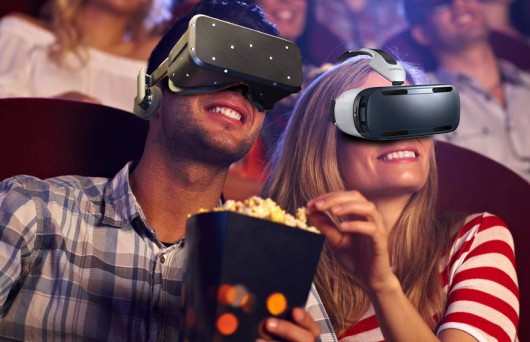
Virtual Reality Storytelling adds new dimensions to the possibilities of Film Directors and Sound Engineers. Besides binaural sound technology, directors can now show the full spectrum of environments, in which it is possible to show something in every corner surrounding the viewer. This makes repetitively watching movies and videos attractive to viewers. Filming does in 360 degrees does challenge filmmakers though, because directing a set in which there’s no frame but only a full spectrum and editing a 360-degree film, brings about a whole new set of disciplines, using new forms of scripting and stitching software for example.
“…this time, it might actually be good. I mean, really, really good.”
Of course the film was ridiculous, overblown nonsense. And just like the movie, the technology that inspired it was just as oversold. The headsets were heavy, suffered with a jarring lag, and the content was far from compelling. In the end, it just wasn’t good enough to look that stupid. Not even Nintendo could make it stick. Soon enough, the web arrived, and all our attention went to a different kind of virtual world. Now though, like any sequel, VR is back and it’s promising big things. Only this time, it might actually be good. I mean, really, really good.
Wilton refers to the existing and new VR Headsets and HMD’s of which consumer editions will start shipping this year, such as the HTC Vive and Gear VR. A big drive for Virtual Reality technology becoming interesting enough to invest in, is that ‘the cost of entry got low’, according to Wilton. He also mentions the quality becoming better, referring to the Lytra Immerge — ’a film camera that allows the viewer to walk through and around footage on screen’.